The Mall That Grew Out of Swampland
The parking lot had been carved from a swamp. Before the first storefront went up, the land off South 320th Street was a forested pasture - soft, low, and soaked through most of the year.
Mabel Webb Alexander homesteaded there in the 1800s, raising livestock where the escalators now hum. She passed in 1975, months after the mall opened, at the age of 96.
On August 14 of that year, SeaTac Mall opened its doors. Only one anchor - Peoples - was ready. Elvins came soon after.
Sears and Lamont's were still under construction and planned to open within the next twelve months.
The project had been backed by two California-based developers: Newman Properties and Ernest Hahn.
Hahn was known for blending retail with architecture that felt local. Here, that meant wood paneling, a skylit atrium, and murals of Native American designs.
It meant the thunderbird logo and the mascot, Thudius T. Thunderbird, printed on giveaways and fliers.
From the start, this wasn't a high-end development, but it didn't try to be. The retail pitch was convenience, not glamour.
That first year, more than 40 stores filled the single-story building, including staples like Payless and RadioShack mixed in with small regional chains.
There were shoe stores, a jewelry kiosk, and a single-screen cinema.
Business wasn't slow. By the early 1980s, SeaTac Mall was pulling shoppers off I-5 and from nearby towns that didn't yet have shopping centers.
Federal Way was just a dot on the map south of Seattle - but the mall helped cement it as a hub.
For folks looking for things to do in Federal Way, Washington, this was one of the few options that didn't require a long drive.
Anchor Deals and Retail Draws in the 1980s
Lamont's opened in 1976, less than a year after the mall launched, and Sears followed soon after.
With four anchor stores now in place - Peoples, Elvins, Lamont's, and Sears - SeaTac Mall began pulling steady traffic from across South King County.
There were only a handful of malls in the region, and this one had free parking, wide corridors, and an expanding food court.
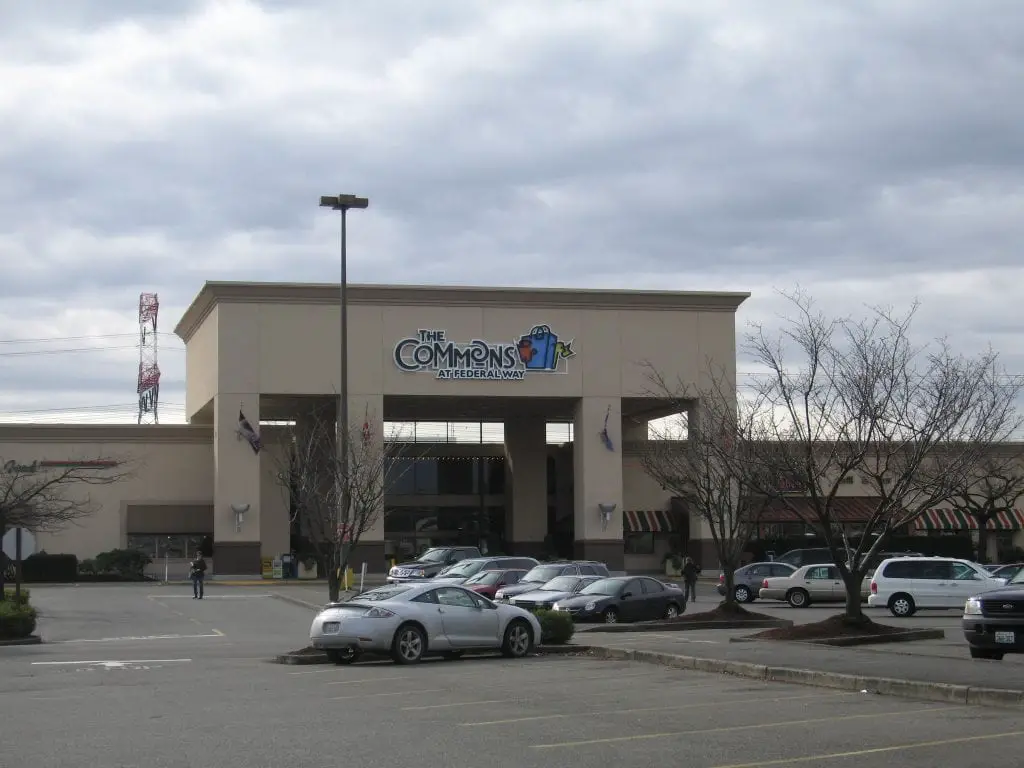
By the early 1980s, the mall had become a testing ground for national chains. They used it to see how their stores would perform in suburban Washington.
Local businesses rented carts in the walkways, selling carved wooden trinkets and knitted caps.
Then, in December 1985, something new appeared near one of the side entrances: the first Cinnabon.
It wasn't hyped. There were a few flyers and some signs near the escalators, but the scent carried through the mall - warm cinnamon, frosting, and yeast.
People noticed. Sales were strong from the start, and the company expanded quickly from there. Federal Way was the starting point.
That decade, SeaTac Mall leaned into family shopping. Back-to-school campaigns brought in retailers like Foot Locker and Waldenbooks.
B. Dalton filled out the back wing. KB Toys moved into a corner spot near Lamont's.
On weekends, teenagers paced the floors in small packs, grabbing pizza by the slice and browsing racks at The Limited.
Federal Way hadn't been incorporated yet - cityhood came in 1990 - but the mall served as a commercial anchor long before that.
It gave the area a retail identity. Stores rotated in and out, but traffic stayed consistent. For chains, it became a predictable location for quarterly revenue and promotions.
For locals, it was the default meeting place.
Rebranding Strategy and Ownership Shift
In November 2003, the mall dropped its name. SeaTac Mall became The Commons at Federal Way.
Steadfast Commercial Properties, the owner at the time, pushed the change to avoid confusion with the newly incorporated city of SeaTac, 12 miles north.
The rebrand included new signs, a modest renovation, and a message: the mall was still open and active.
By then, Sears had stopped drawing as much foot traffic. Elvins was gone. Other older stores had shuttered, too - Payless, RadioShack, and KB Toys.
But new tenants moved in. The food court kept going. Century Theatres took over one wing.
Kohl's opened on the east end, and Target took the spot that had once been Peoples.
In 2008, Steadfast backed a renovation plan. The goal was to increase average sales per square foot to $25-$30 by year's end.
That meant updating entrances, freshening interiors, and pitching new leases to national retailers.
They got some takers, but the recession hit, and leases fell through. By 2010, some storefronts remained empty.
Despite the setbacks, The Commons didn't fold. Local shops stayed open, and a few restaurants moved in.
The parking lot still filled up on weekends - less than before, but enough. The building was aging, but the market was stable.
Then came a new owner. In March 2017, San Francisco-based Merlone Geier Partners bought the mall for $46.5 million.
The sale signaled a reset. Merlone Geier had a track record in suburban real estate and redevelopment. No big announcements followed right away, but the ownership switch changed the long-term math.
The mall was no longer just holding on. It had new hands behind it, with plans - slow but steady.
Anchor Exits and Tenant Turnover
On January 4, 2018, the news came down: Sears would close by spring. It wasn't a surprise.
The chain had already pulled out of other malls across the state. Sales had slowed for years. By April, the lights were out.
That space didn't sit empty long. In 2022, part of it reopened as an Amazon Fresh grocery store - one of the tech company's newer formats, built around checkout-free shopping.
The floor plan changed. The old Sears escalators were gone. The signage was minimalist. It drew a different crowd.
Before that, another anchor had announced its exit. In January 2021, Macy's said it would close 46 locations nationwide.
Federal Way made the list. The store shut down in April, and its windows were papered over.
Retail turnover wasn't new at The Commons, but losing two major anchors in three years was a hit.
Anchor stores didn't just draw foot traffic - they helped smaller shops survive. Without them, margins tightened, and some local businesses left. Others shrank their floor space.
But new tenants filled in the gaps. Dick's Drive-In built a stand-alone spot in the mall's west parking lot and opened in July 2023.
The buzz around it brought people in again - locals lined up on opening weekend. Inside the mall, smaller retailers came and went.
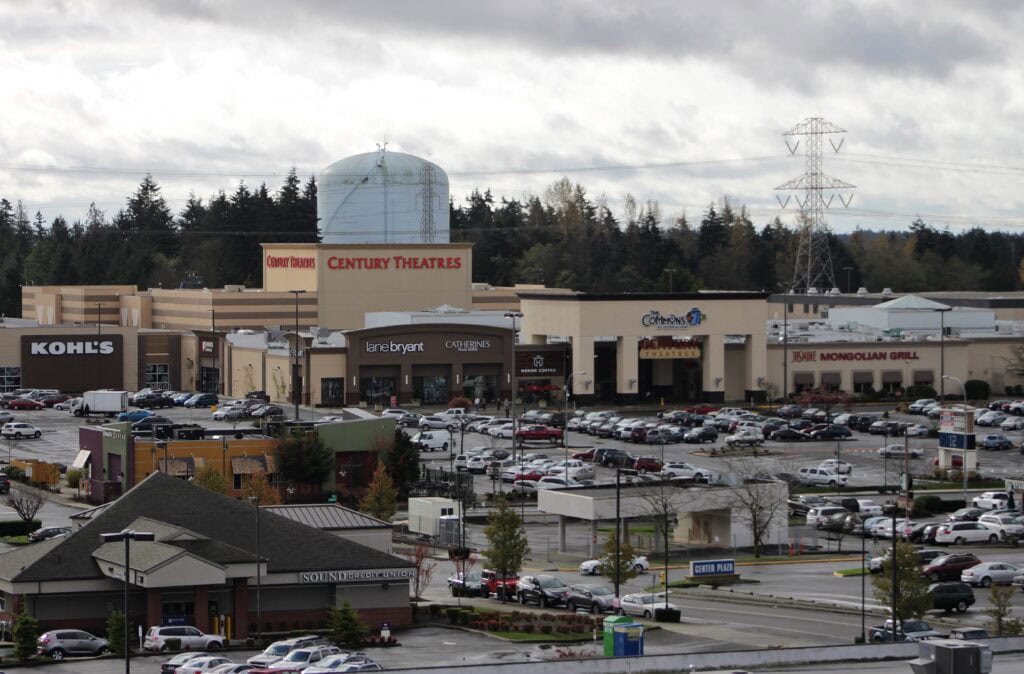
Property Value, Mixed Use, and Public Market Push
By March 2025, The Commons at Federal Way has seven anchor tenants holding down its largest spaces: Target, Kohl's, Dick's Sporting Goods, Century Theatres, Amazon Fresh, Burlington, and Save by the Day.
Burlington opened recently in the space that had long sat empty after Sears's exit.
Save by the Day, a discount outlet, now spans a sizable footprint just east of Dick's Sporting Goods.
The mall lists more than 70 other tenants. Most are small-to-midsize shops, including IDOLA Collection, In The Zone, and Style Central.
On the food side, national chains still show up: Buffalo Wild Wings, Applebee's, Five Guys, Panera Bread, and Baskin Robbins.
Between the Tracks and the Market Pitch
The fencing behind the mall rattles with trains that have yet to arrive. Construction on the Federal Way Link Extension is almost done.
The station near 23rd Avenue is scheduled to open in 2026. When it does, it will be just a few hundred feet from the east side of The Commons.
In April 2024, Federal Way received a $75,000 grant to explore a Public Market District.
The plan - still in its early stages - envisions a five-story building filled with vendors, local services, and small businesses.
The city hasn't finalized a location, but one corner keeps coming up: the former Sears lot, now home to Amazon Fresh.
The Commons sits at a pivot point, flanked by transit upgrades, city-backed market studies, and a changing tenant mix.
It hasn't completely reinvented itself yet, but everything around it is starting to shift.
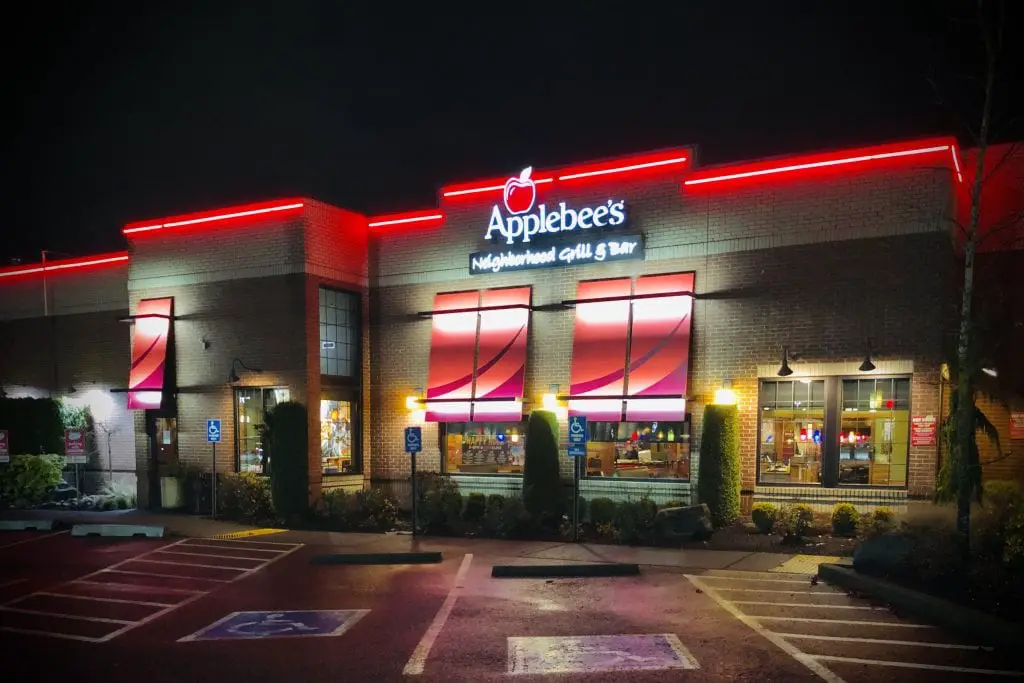




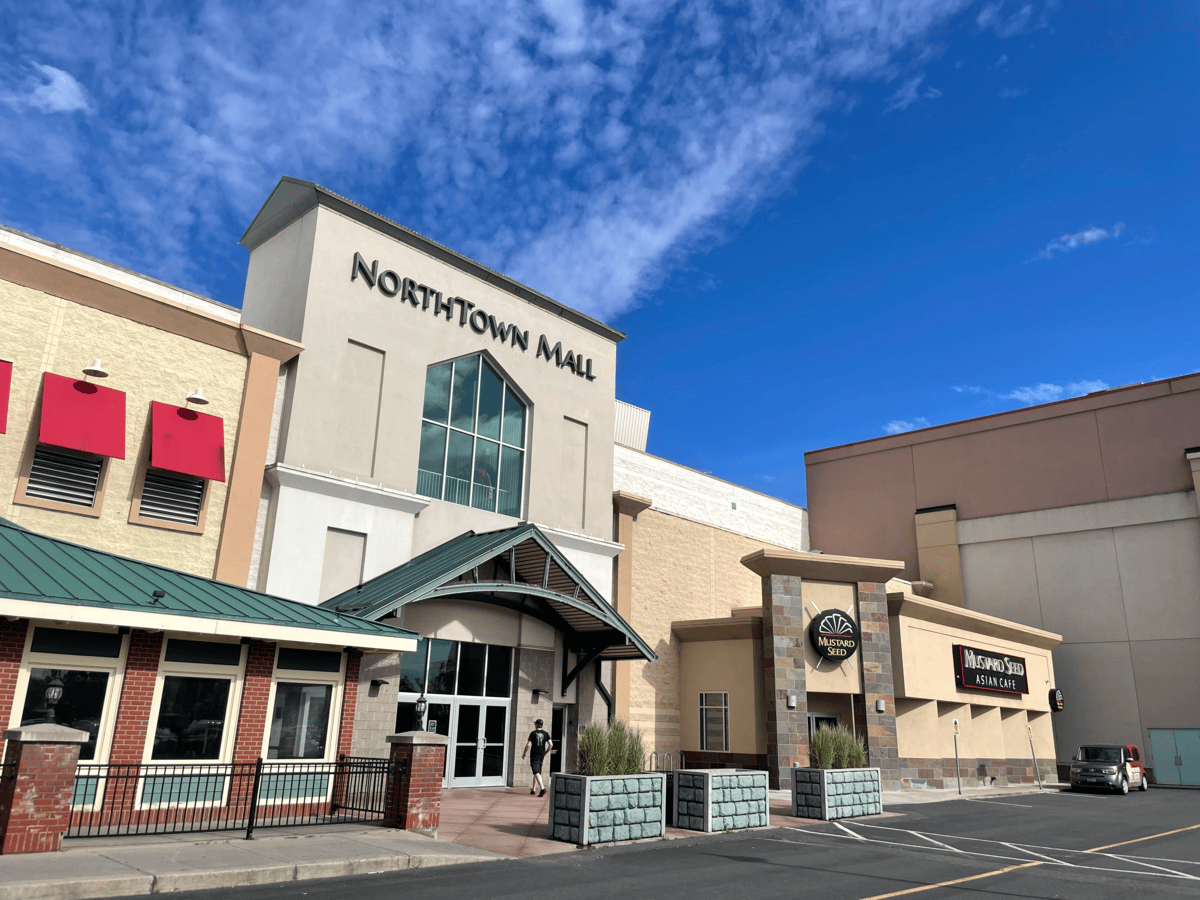
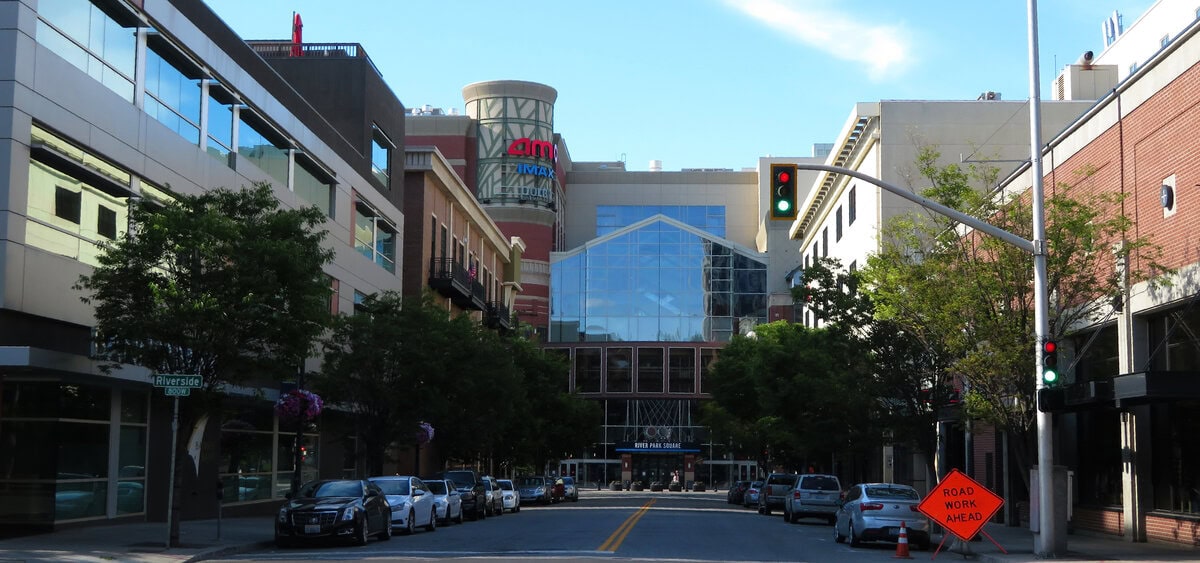
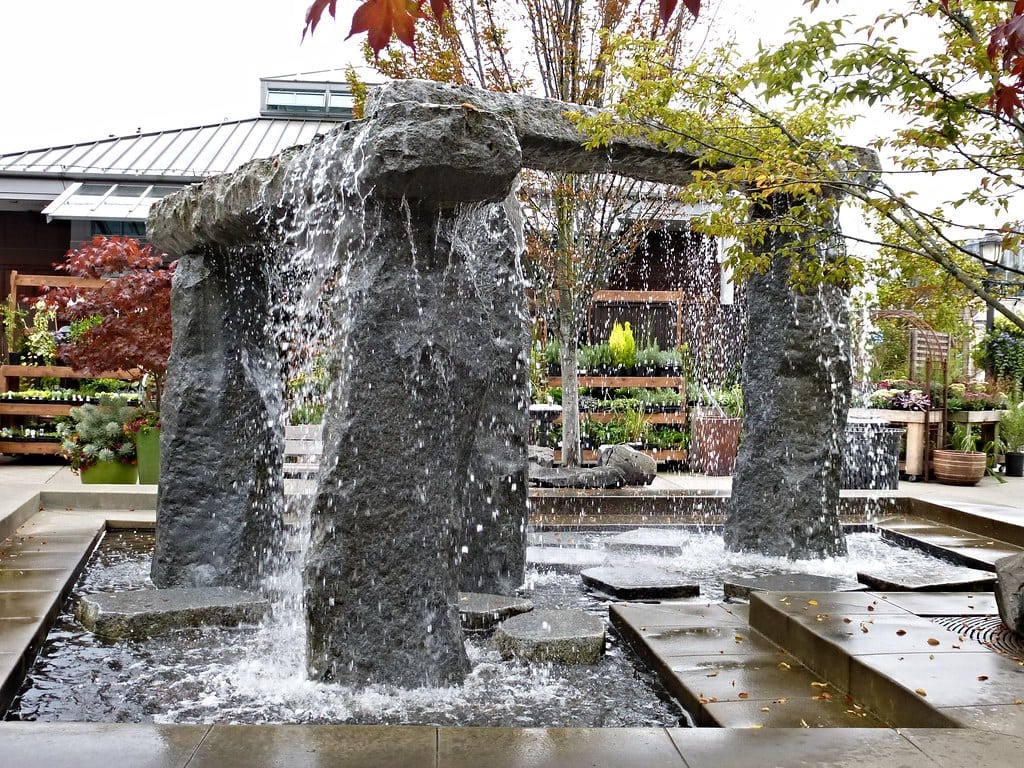

I would like some new retail stores in the mall ,maybe a few craft stores ,a dave and busters arcade, a ten dollar clothing store, a Sephora cosmetics,cinnamon,the gap, just to name a few so residents dont have to travel to a different area to shop
That mix would really shake things up—craft stores and Dave & Buster's in the same building? It could draw in both families and younger folks.